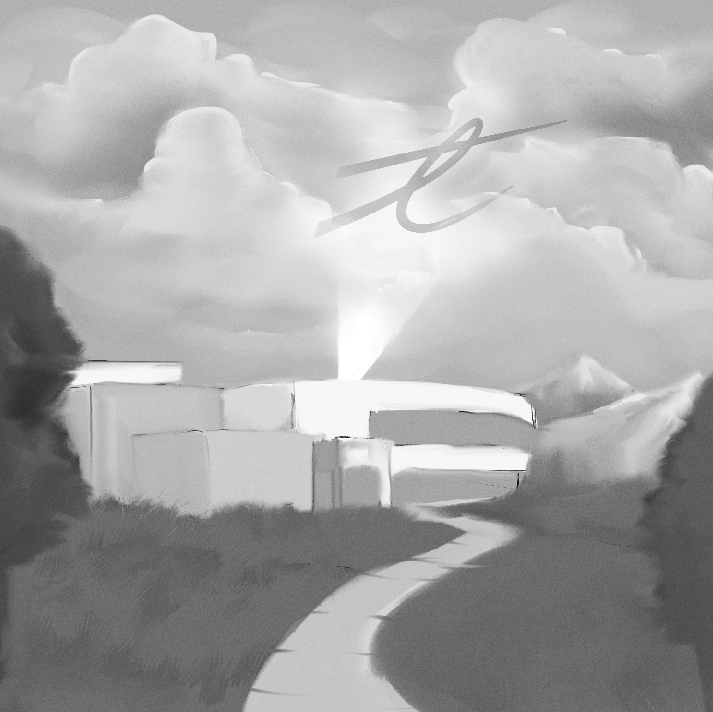By Valerie Franklin (The Cascade) – Email

Back in 2005, Telus struck a deal with Science World: a $9 million “donation” in exchange for changing its name to “Telus World of Science.” The public was outraged, not just because “Science World” rolls off the tongue more easily, but because the idea of a corporation laying claim to one of Vancouver’s most beloved landmarks felt like sacrilege. Although the official new name stuck, over a decade later it remains known colloquially as Science World.
The outrage that rippled through the Lower Mainland at the time indicates just how much we dislike being advertised to. We turn ads down on the radio and mute them on the television not just because logos and commercials are annoying, but because they inevitably feel sleazy and manipulative. When visual advertisements are plastered on walls and billboards, they suck the energy and personality out of a place, leaving it with all the plasticky charm of a shopping mall. The statement they make, whether intentional or not, is that the advertiser’s money is worth more than preserving a place’s uniqueness and character.
And that brings us to UFV.
While most of the advertising at UFV, such as the ads on bathroom doors and TV screens, isn’t that obnoxious, in the last year we’ve begun to see enormous wall-sized advertisements hung in prominent locations that draw the eye, like the end of a hallway in Abbotsford’s A building. Then there’s the Envision Gym, an entire building named after the bank that helped fund it, not unlike the so-called Telus World of Science. And while the Student Union Society blessedly had the wisdom not to name the entire new Student Union Building (SUB) after the highest bidder, the peer mentorship centre in that building features an enormous Coast Capital logo on frosted glass that can be seen from most points on the first floor of the SUB. (Despite this centre receiving $50,000 from Coast Capital, it should be noted that it remains mysteriously closed and apparently understaffed, despite having been slated to open last fall — yet the logo remains in place.) Considering the trend of students being increasingly treated like customers as universities begin to resemble corporations more than schools, it’s no surprise that blank spaces on university walls have become fair game for external advertisers.
No, it doesn’t hurt anyone to walk down a hallway and see a poster for Scotiabank on the way to class — but that kind of eyesore does have a subtle effect on how comfortable and focused one is in that space. The damaging power of advertising on a location’s sense of place was recognized by the Brazilian city of Sao Paulo, which in 2007 imposed the Cidade Limpa, or “Clean City Law,” banning all forms of visual advertising. This law was based on the argument that advertising on businesses and billboards constituted visual pollution, which was deemed to be psychologically damaging like excessive smog or noise. “You could not even realize the architecture of the old buildings, because all the buildings, all the houses were just covered with billboards and logos and propaganda,” said Vinicius Valvao, a Sao Paulo resident and reporter for Folha de S.Paulo, in a 2007 episode of the podcast Clearing the Air. Some 15,000 billboards were removed from the city, revealing, among other things, an entire shantytown — literally shedding light on aspects of the city that had been hidden by advertisements. Since then other cities around the world, notably Tehran, New York, and Grenoble, have also begun to follow Sao Paulo’s lead, acknowledging how tacky, invasive advertising can damage a place’s atmosphere and ability to foster community. While a city is very different from a university, UFV should consider doing the same if it’s serious about creating a welcoming place for students.
Admittedly, it would be naive to pretend that advertising isn’t a necessity in our current economy; today online advertising keeps many newspapers and businesses alive, and for universities in BC, ad revenue helps fill in the widening cracks that the provincial government’s $50 million budget cuts to post-secondary education have created over the last two years. But the answer to budget cuts should not be more reliance on advertisers, which opens the door to much bigger problems than just losing its sense of place. Just like the separation of church and state, the line between education and corporate interests needs to remain sacred in order to preserve the institution’s integrity. While removing the advertising from UFV’s walls may not uncover any shantytowns, it would restore our faith in the university’s independence from external influences; if universities are already willing to sell students’ attention to advertisers, how long will it be until native advertising creeps into classroom content?
Or worse — if we’re not cautious, maybe someday graduates from the Telus University of the Fraser Valley will look back and wonder what the hell happened.

